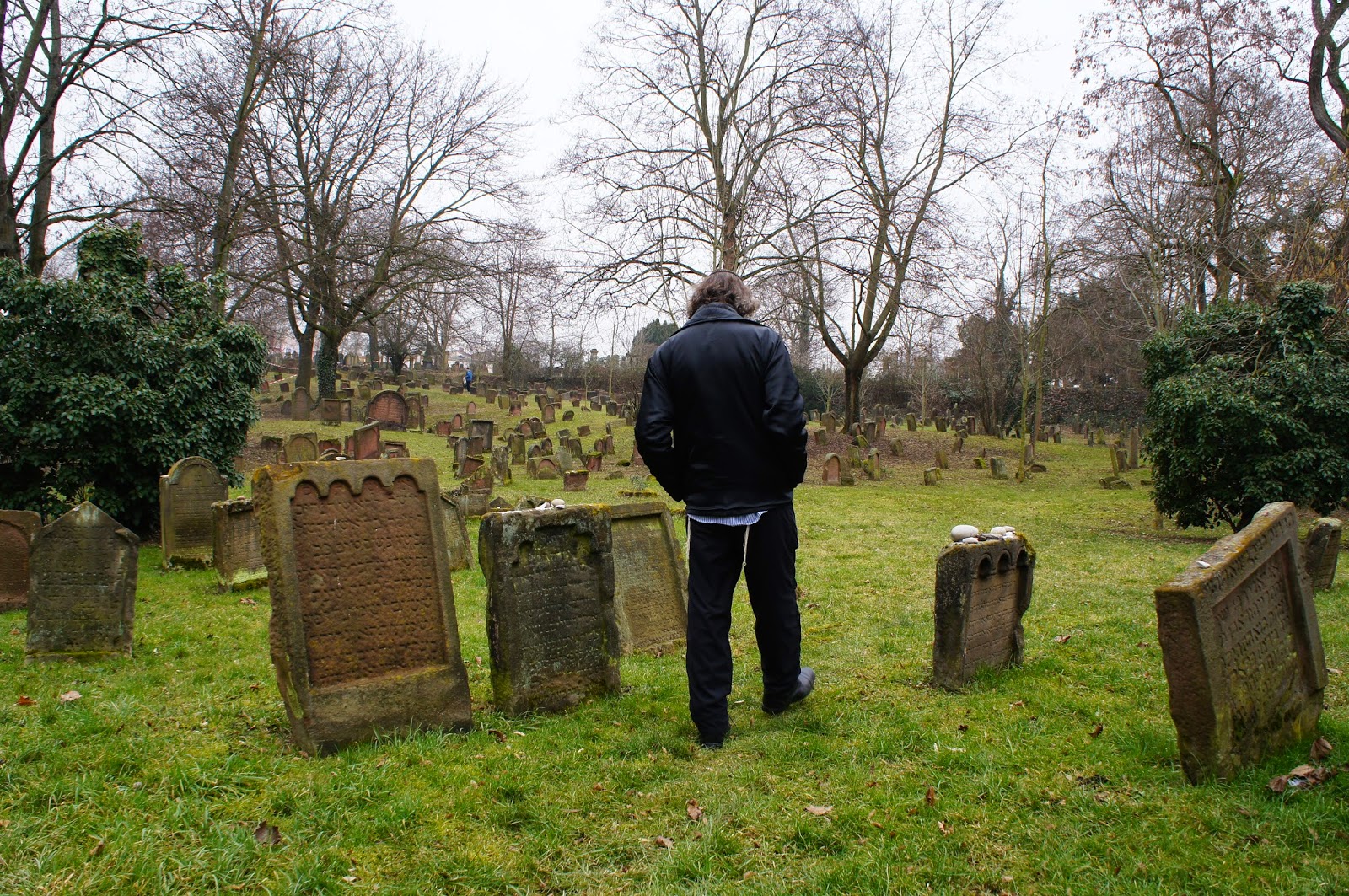JACOB JR, MY JEWISH WORLD - ALTER JÜDISCHER FRIEDHOF, WORMS/GERMANY

"REMEMBER THE DAYS OF OLD, CONSIDER THE YEARS OF AGES PAST." DEUT. 32:7 Sunday, Tevet 15, 5776. December 27, 2015 Shalom! World. With good reason Worms lays claim to be one of the oldest and most historically interesting towns of Germany. The Jewish cemetery and the Synagogue together attest to almost 1.000 years of Jewish life in Worms. The cemetery is one of the most outstanding and impressive places in the city. Worms is one of three cities along the Rhine river which were centers of Jewish intellectual life during the Middle Ages. These three cities, Speyer, Worms and Mainz, are together known as SHUM, an abbreviation based on the initial letters of the Hebrew names of the cities. At this time many great Jewish intellectuals studied and taught at the yeshiva (Talmud school) in Worms. Among the most famous of these are Rashi (Rabbi Solomon ben Isaac, 1040 - 1105), the outstanding commentator on the Talmud. Other famous names are Isaac ben Eleazar

